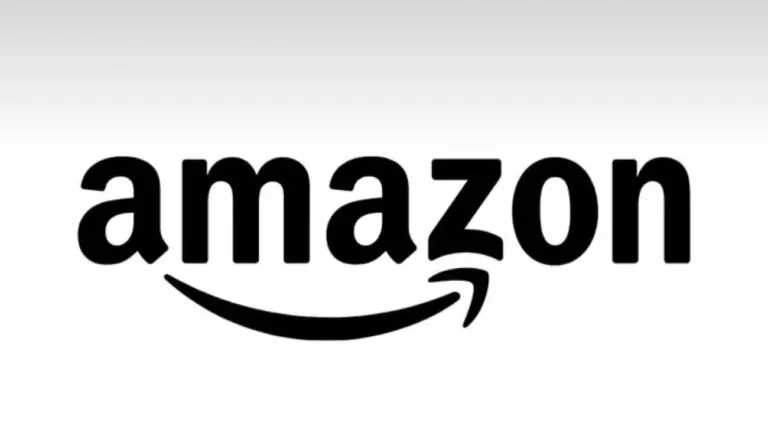
Introduction
In today’s fast-paced business environment, understanding the Product Lifecycle (PL) has become crucial for companies aiming to thrive. PL refers to the stages a product goes through from conception to discontinuation. As markets evolve, businesses must adapt their strategies to effectively manage these changes and maintain competitive advantages.
The Stages of Product Lifecycle
The Product Lifecycle typically comprises several key stages: Introduction, Growth, Maturity, and Decline. Each phase presents unique challenges and opportunities:
- Introduction: This initial phase is marked by limited awareness, high costs, and low sales. Companies invest heavily in marketing to build product recognition.
- Growth: As awareness increases, sales begin to climb, and businesses experience improved profitability. This phase prompts companies to enhance distribution and marketing efforts.
- Maturity: In this stage, sales peak, and competition intensifies. Businesses must innovate or find new ways to differentiate their products to maintain market share.
- Decline: Sales begin to drop due to market saturation or changing consumer preferences. Companies must decide whether to rejuvenate or phase out their product.
Current Trends Impacting Product Lifecycle
Recent economic shifts, technological advancements, and changing consumer behaviors have significantly altered how companies approach PL. The digital transformation has led to increased demand for greater agility in product development and a more robust focus on customer feedback. Companies are employing data analytics to predict trends and extend the lifecycle of their products rather than allowing a premature decline.
Case Studies and Examples
For example, companies like Apple have successfully navigated their product lifecycles by constantly introducing new iterations and updates at strategic points, keeping their products fresh and relevant. In contrast, legacy brands that failed to innovate, such as Blockbuster, illustrate the pitfalls of not adapting to the ongoing changes in consumer preferences.
Conclusion
Understanding and effectively managing the Product Lifecycle is essential for any business aspiring to achieve long-term success. As businesses continue to face rapid changes in technology and consumer behavior, those who can adeptly navigate their PL stages will not only survive but thrive in the market. The focus on innovation, adaptability, and consumer engagement will only intensify, making PL management a priority for businesses aiming for sustainable growth.






